Péter Vaderna
Evaluating Neighbor Explainability for Graph Neural Networks
Nov 14, 2023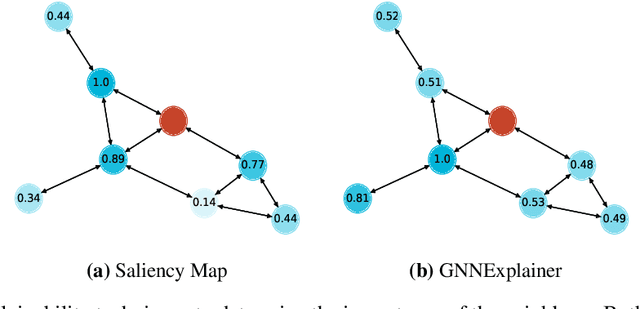
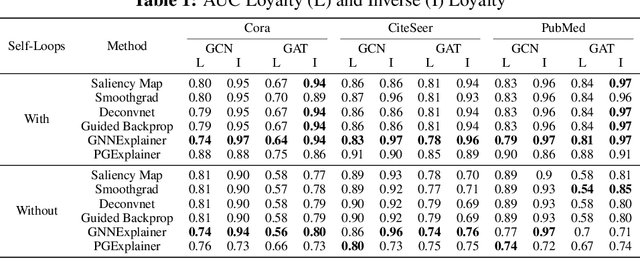
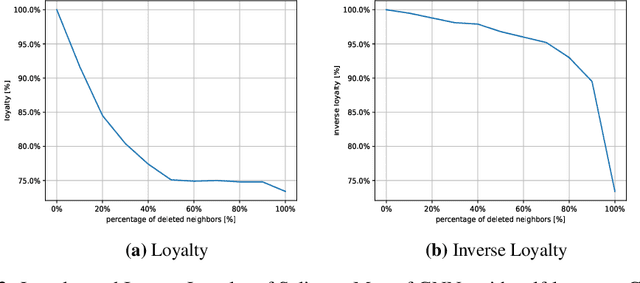

Abstract:Explainability in Graph Neural Networks (GNNs) is a new field growing in the last few years. In this publication we address the problem of determining how important is each neighbor for the GNN when classifying a node and how to measure the performance for this specific task. To do this, various known explainability methods are reformulated to get the neighbor importance and four new metrics are presented. Our results show that there is almost no difference between the explanations provided by gradient-based techniques in the GNN domain. In addition, many explainability techniques failed to identify important neighbors when GNNs without self-loops are used.
Hybrid Quantum-Classical Autoencoders for End-to-End Radio Communication
Jan 06, 2023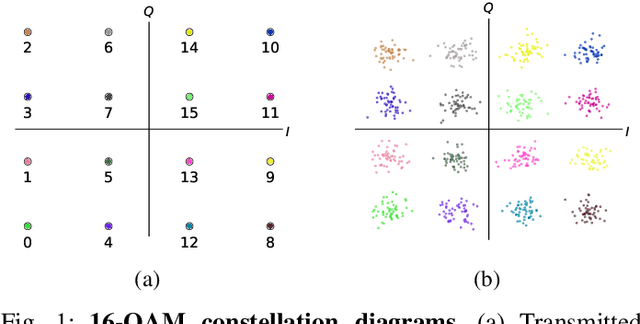

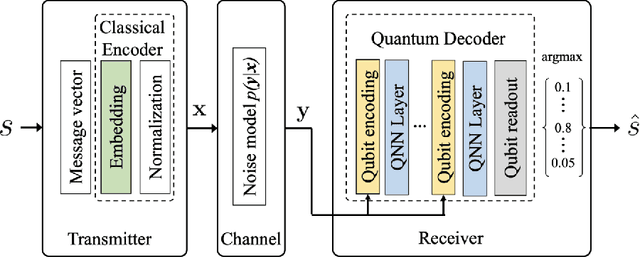
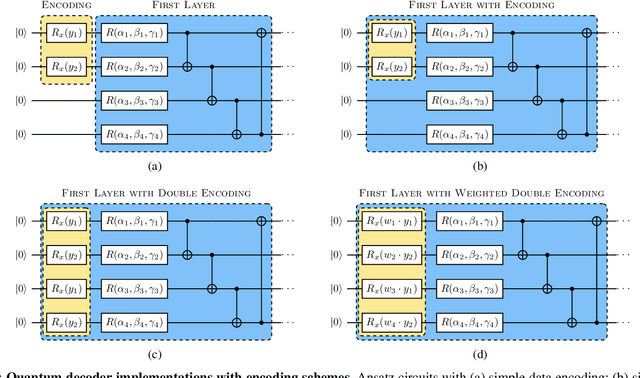
Abstract:Quantum neural networks are emerging as potential candidates to leverage noisy quantum processing units for applications. Here we introduce hybrid quantum-classical autoencoders for end-to-end radio communication. In the physical layer of classical wireless systems, we study the performance of simulated architectures for standard encoded radio signals over a noisy channel. We implement a hybrid model, where a quantum decoder in the receiver works with a classical encoder in the transmitter part. Besides learning a latent space representation of the input symbols with good robustness against signal degradation, a generalized data re-uploading scheme for the qubit-based circuits allows to meet inference-time constraints of the application.
* 6 pages, 8 figures
 Add to Chrome
Add to Chrome Add to Firefox
Add to Firefox Add to Edge
Add to Edge